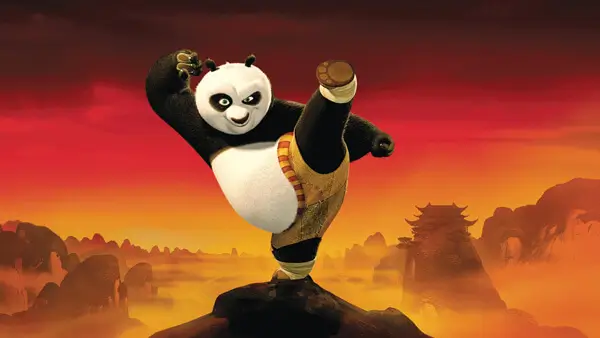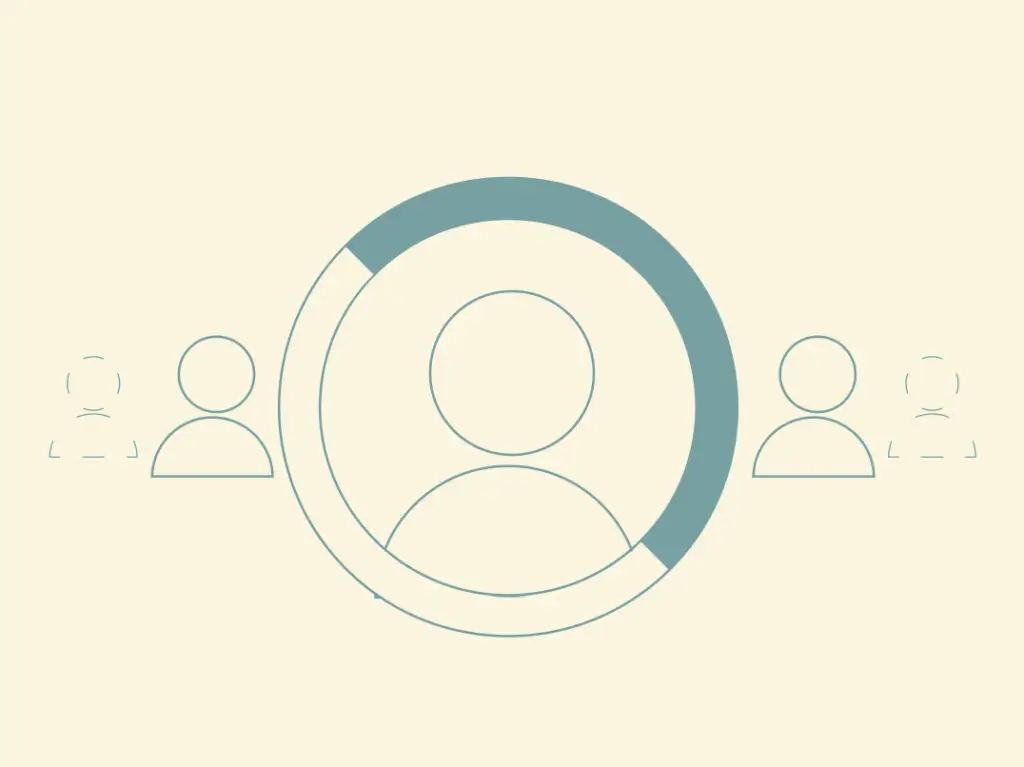Building a remarkable customer service experience requires the focus of a black belt and the understanding that there are always new skills to learn and master. While technology is changing at breakneck speed, the fundamental desires of consumers have not changed for centuries.
As Gary Vaynerchuk says in The Thank You Economy, “Customers want to be acknowledged, appreciated, and heard. You have to make them feel special, just like when your great-great grandmother walked into Butcher Bob’s shop or brought her new hat. You need to create an experience where people who aren’t your customers wish they were.”
The cost of bad customer service can be the difference between life and death. That analogy is played out repeatedly on the dojo floor. I met my first Sensei when I was seven years old, and I haven’t stopped training since. Everything I know about valuing others and understanding their needs comes from that training.
Fast forward a few decades and almost half of my team practices some form of martial arts and they are as committed to their customers as they are to their martial arts. We look at it as zen and the art of customer service. Here are some lessons the martial arts can teach you about training customer service warriors in your company.
Your customer is your Sensei.
Any business with customers is in the people business. Build for them, learn from them, respect them. “When customers share their story, they are not just sharing pain points,” Kristin Smaby wrote in her 2011 article “Being Human is Good Business.” “They’re actually teaching you how to make your product, service, and business better. Your customer service organization should be designed to efficiently address those issues.”
Henry Behnke, Customer Service Team Lead at Placester.com On The Mat
A black belt is just a piece of cloth.
In martial arts, a black belt symbolizes mastery. Yet even the greatest masters do not stop practicing, nor are they above the manual chores required to maintain their dojo. Their example shows that you should never let your success or your technology keep you from the perhaps less glamorous but crucial task of tending to your customers. Your black belt must be earned, and it must also be maintained.
Invite criticism and critique.
Sparring is a crucial part of any martial arts practice–and for most of your years of training, that consists of losing, over and over again. But it is a welcome loss, because you know you are learning. There is no hiding when you spar: all of your faults are exposed for the world to view. This becomes a learning experience where you pay attention to every detail of the fight, what you did right and what you did wrong. Hard feelings about losing are not acceptable. Take the time to listen to unhappy customers: they are the key to your business. Do everything in your power to address their issues, and make sure you learn from the experience. It’s not only worth keeping their business: you avoid the high cost of negative word of mouth.
A dojo is a place to learn.
Every student that enters a dojo has the potential for greatness, and it is the sensei’s responsibility to provide the environment and guidance to help that student reach his or her fullest potential. Your team is no different. Do not expect an unwatered plant to thrive in a hostile environment. You must provide guidance, training, and feedback on a consistent basis. Ask your team to be part of the solution. Don’t view them as part of the problem.
There are no shortcuts.
Mastery and excellence are not happenstance. Martial artists who attain any level of mastery spend a good portion of their time honing not just advanced skills, but rudiments as well. There is no other way. While you can buy a black belt, without training, it is just a costume. Service is exactly the same. There is no substitute for knowledgeable, capable, human service. The customer of today expects to be able to reach a real informed person in your company, either by chat, social media, Skype, or phone. Being responsive to their requests is critical.
Sun Tzu was one of China’s most revered military strategists. What he said applies as much to business today as it did to politics in 340 BC: “Strategy without tactics is the slowest route to victory. Tactics without strategy is the noise before defeat.” Build your strategic plan with your customer in mind, and align your actions with that plan to make it a reality. Infuse your practices with the discipline, humility, and hard work of a martial artist, and your customers will gladly bow to you. Just remember to bow back.






